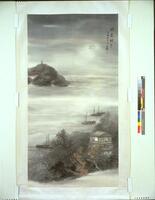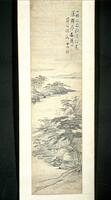22 UMMA Objects
22 UMMA Objects
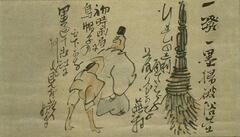
Yosa Buson (Japanese (culture or style))
Broom, Poems, and Poets
18th century
Museum purchase made possible by the Margaret Watson Parker Art Collection Fund
1969/2.24
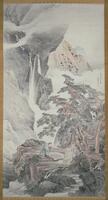
Maruyama Ōkyo
Scholars Playing Go by a Waterfall
1778
Gift of Mr. and Mrs. Province M. Henry
1955/1.265
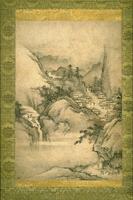
Japanese (Japanese (culture or style))
Mist Clearing Over a Mountain Village, formerly attributed to Hasegawa Nobuharu (Shinshun; later, Tôhaku)
1567 – 1632
Museum purchase made possible by the Margaret Watson Parker Art Collection Fund
1967/2.5

Zhang Daqian (Chang Ta-ch'ien)
Mountain Landscape after Hongren
1935
Gift of the Marvin Felheim Collection
1955/2.13
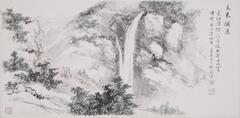
Chang Ku-nien
Wulai Falls Based on Sketches
1981
Gift of Dr. Cheng-Yang and Mrs. Shirley Chang
2006/1.121
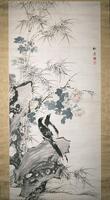
Yamamoto Baiitsu (Japanese (culture or style))
Magpies and Hibiscus
1831
Museum purchase made possible by a gift from Helmut Stern
1986/1.165

Nakanishi Kōseki
Autumn Mountain and Stream After a Rain
1870
Museum purchase made possible by the Margaret Watson Parker Art Collection Fund
1986/1.189
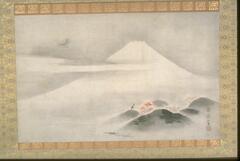
Hanabusa Itchō
Mt. Fuji in Autumn
1700 – 1732
Gift of Mr. Harold Phillip Stern for the James Marshall Plumer Memorial Collection
1963/2.59

Yiran Xingrong (J. Itsunen)
Linji, from triptych of Three Zen Masters: Linji, Bodhidharma and Deshan
1658
Museum purchase, Acquisition Fund
1975/2.183

Chang Ku-nien, Liu Yantao, Gao Yihong
Orchids and Red Rock
1980
Gift of Dr. Cheng-Yang and Mrs. Shirley Chang
2006/1.132
Loading…
